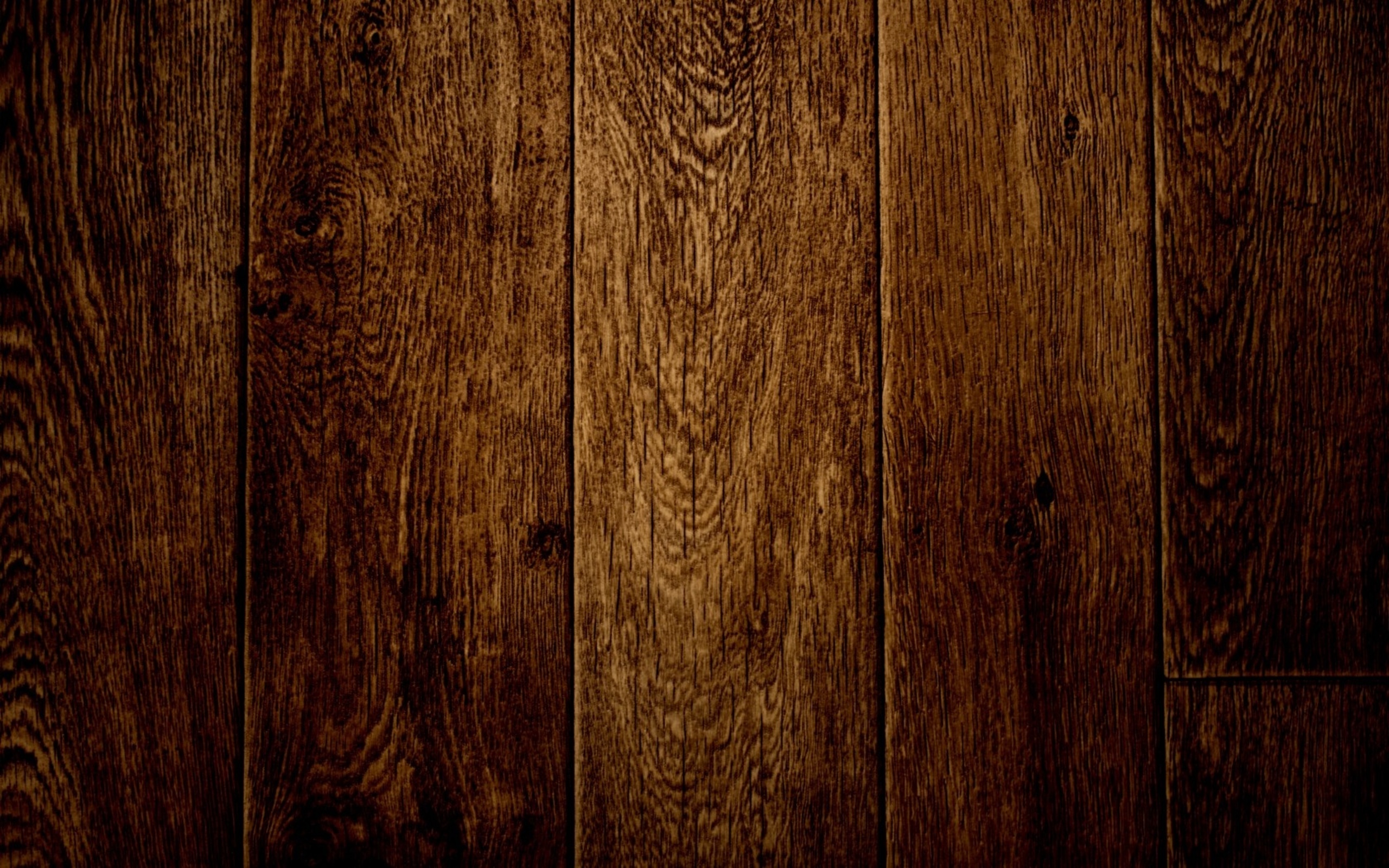
The station then donated the WOTV calls to WUHQ, the ABC affiliate for the southern portion of the Southwestern Michigan market with whom it had recently signed a local marketing agreement (LMA). On June 1, 1992, the station reclaimed its original WOOD-TV callsign with WOOD radio's permission (the above-mentioned FCC callsign rule had been repealed by that time). Time-Life also sold most of its television stations to McGraw-Hill that year (initially intending to include WOTV in the deal, though it was retained), but held on to WOTV until 1983 when it was sold to LIN Broadcasting.
WOOD DESKTOP COVERS TV
It also had secondary affiliations with ABC and DuMont however, the DuMont affiliation would end in 1956 when that network ceased operations, and the ABC affiliation was terminated in 1962 when WZZM-TV (channel 13) began operations.ĭue to a now-repealed FCC rule in place at the time (which prohibited TV and radio stations in the same market but under different ownership from sharing the same callsign), the station's call letters were changed to WOTV on J when WOOD radio was sold. WOOD-TV has been an NBC affiliate from the very beginning, although it had a secondary affiliation with CBS until WKZO-TV (channel 3, now WWMT) in Kalamazoo expanded its signal to cover the greater Grand Rapids/Tri-Cities area, turning West Michigan into one vast television market. All of the Bitner Group's stations were then sold, for a then-record-breaking $16 million, to Time-Life, Inc. In 1955, it moved to its current facilities in the Heritage Hill section of Grand Rapids, where its new studios replaced the Bissell mansion (of Bissell vacuum fame) and are across the street from the Voigt House Victorian Museum. The channel change was promoted as "Mark the date: We move to Channel Eight on December Eight". It moved to channel 8 and increased its transmitter power from 28,000 to 100,000 watts on December 8, 1953. As a result, WOOD-TV was reassigned to channel 8 to avoid interference with WLS-TV on channel 7 in Chicago. On October 19, WLAV changed its call letters to WOOD-TV to match its radio sister and began airing from a new transmitter in northeastern Grand Rapids.ĭuring the FCC's licensing freeze the commission developed channel allocation and separation to eliminate interference between stations with the same frequency. Grandwood eventually grew tired of waiting and cut a deal with Versluis to buy the station. In fact, the application for WLAV-TV had been one of the last construction permits issued before the freeze.
WOOD DESKTOP COVERS LICENSE
Grandwood had originally applied for its television license back in 1948, but the application just barely made a deadline prior to the Federal Communications Commission's freeze on new television construction permits. The Bitner Group subsidiary was also owner of WOOD, the first radio station in Grand Rapids.

In 1951, Versluis sold the television station to Grandwood Broadcasting for $1.37 million. The station was originally owned by Grand Rapids businessman Leonard Adrian Versluis, who in 1940 had also signed on Grand Rapids' second radio station, WLAV (1340 AM, now WJRW).

The station signed on the air on August 15, 1949, as WLAV-TV, originally broadcasting on VHF channel 7 it was the fourth television station in Michigan and the first located outside of Detroit.


 0 kommentar(er)
0 kommentar(er)
